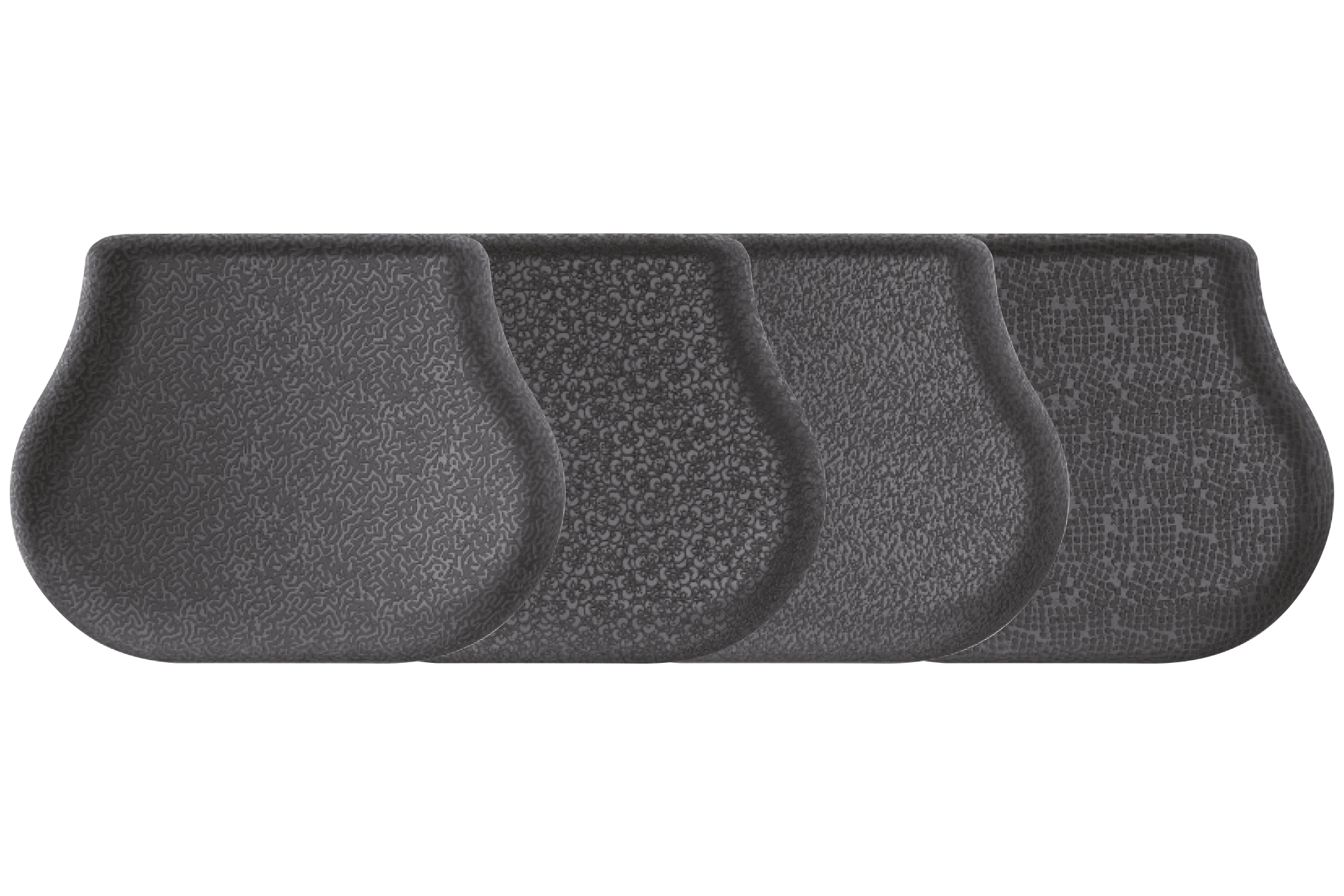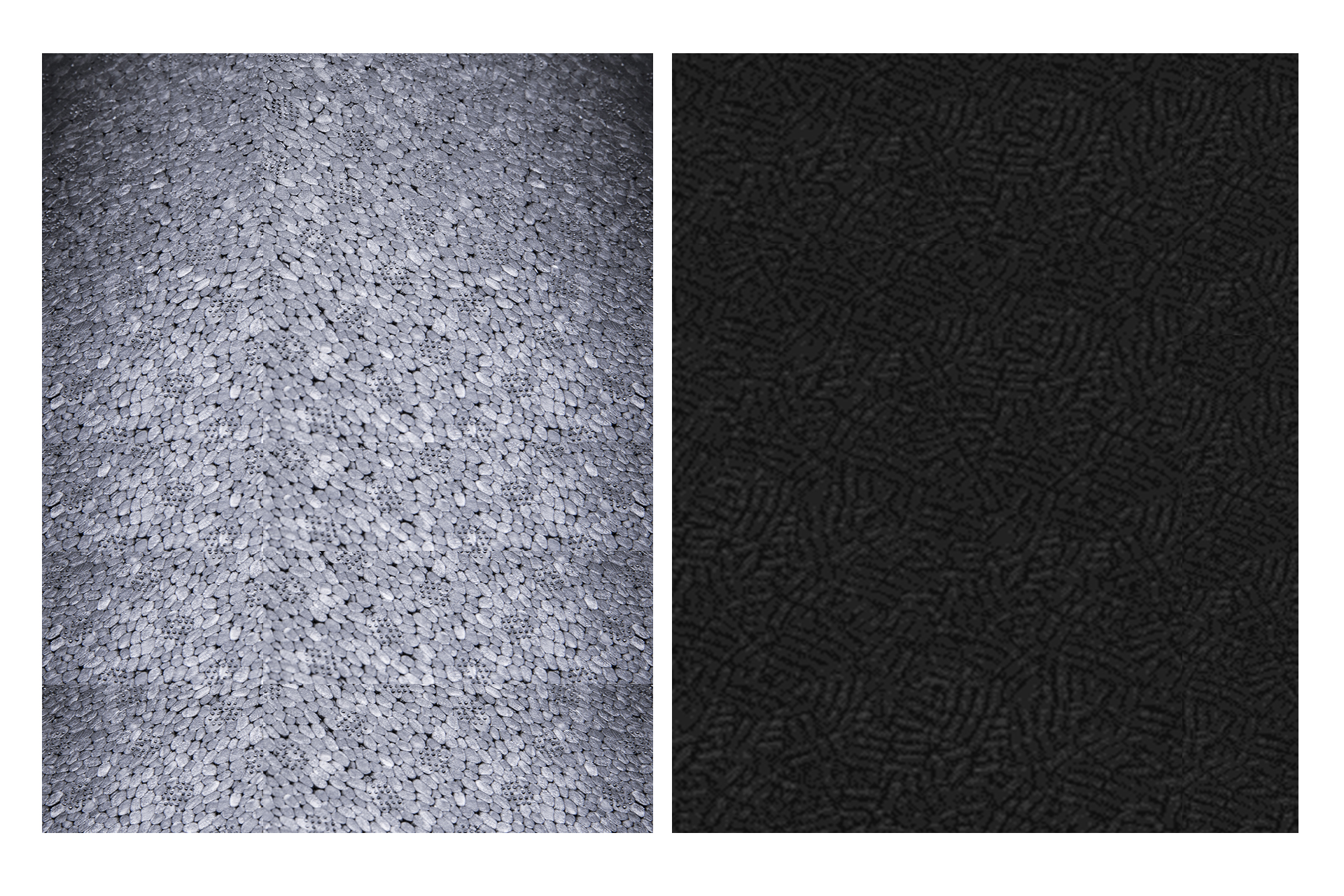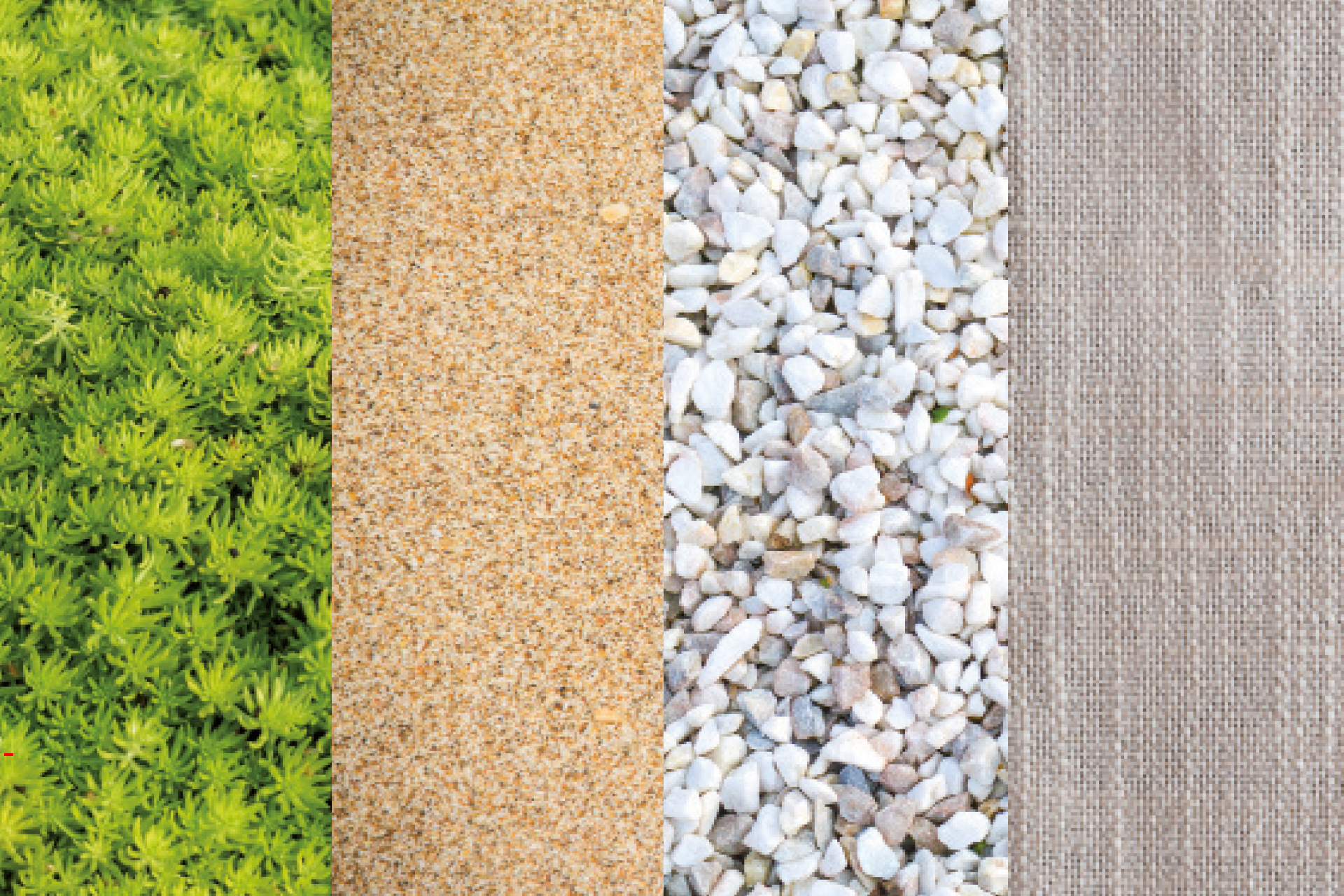Modern industry not only requires the continuous pursuit of greater cost effectiveness and reduction of production cycle times but also prediction of trends and the search for innovation and value added for the client. This is why the Knauf Industries brand has developed an original palette of 36 textures in 4 lines corresponding to the latest trends in industrial design.
Combining rich experience and digital technologies made it possible to render textures with graphical shapes on the surface of EPP material more precisely than ever before. Thanks to this, it has become an attractive alternative to traditional foam parts, which additionally require a decorative finish. We are talking to Patrick Sutter, Chief Innovation Officer at Knauf Industries, about innovations in texturing technology.
Texturing of the surfaces of expanded polypropylene parts is already known in the automotive industry. What is the innovation of Knauf Industries’ offer based on?

The tools we have developed make it possible to raise the quality and distinctness of the texture as well as to apply it in a more environment-friendly way than until now. “Grained” patterns are made with accuracy to the smallest details, endowing parts manufactured from EPP a very elegant and luxurious appearance. This means that pure technical elements are gaining a new, aesthetic value. They can now successfully replace traditional foam solutions, which are typically painted, covered in fabric or another exterior coat. Such “mono-material” parts can be manufactured more easily and faster, and they are also lighter and 100% recyclable.
Where did the idea for Knauf Industries’ own collection of textures come from? What influence does it have on designing and manufacturing of plastic parts?
We consider our own textures to be a sort of value added for the client. Thanks to the available pallet of patterns consistent with the latest trends, our know-how and technological support, the client can now realize a custom project “from A to Z” in one place. The application of an attractive, high-quality texture of the material throughout the entire part means that it can achieve an attractive design. Parts manufactured entirely from a single material, EPP, are not only more environment-friendly but are also characterized by minimal weight. It is worth noting that reducing the weight of vehicles is currently a critical issue in the automotive industry, since this makes it possible to limit their emissions.
What does the process of designing textured plastic parts look like?

The process itself has not changed. At the client’s request, we can apply any texture onto parts. However, before this happens, we professionally visualize the final car parts using the latest digital tools. Using techniques like high-resolution 3D rendering, for example, we can precisely apply visualization of a texture on an existing part. Based on life-like digital prototype in its true size, the client can more easily choose the best solution. Modern plastics processing technologies and IT solutions substantially expand the boundary of creativity, and at this stage, we can quickly and easily apply any optimization, endowing a design with a completely different look. Of course, design must go hand in hand with the proper technical specifications. Properties of the material like thermal insulation, mechanical strength and flexibility are very significant in the automotive industry, which is why a prototype that has already been made may be subjected to assembly tests and simulations – on-site at the client’s plant or in a certified, external laboratory.
Read more: The Future of the Automotive Value Chain
What is Knauf Industries’ role in processes such as designing, mold production and texturing of parts?
Knauf Industries coordinates the process of mold creation based on documentation delivered by the client and manufactures car parts from expanded plastics, and in the next stage, it provides the precise texturing service based on a pattern chosen by the client from the catalogue. Thanks to this, the client doesn’t need tobuy the pattern from a third party or order its creation, reducing the time and costs of a project’s realization.
Knauf Industries’ full offer includes 36 textures. What design lines can be distinguished in it?

Patterning of Knauf Industries’ textures ties into the unique properties of the material itself, EPP, which is manufactured in an environment-friendly process using small amounts of energy and water. The offer currently includes four lines, which are inspired by materials and forms present in nature. Furthermore, they have been designed in such a way to be optically attractive on the surfaces of car parts made from EPP. The Desert line is a texture that resembles desert sand. The Fabric collection includes textures of material woven from natural fibers. The Ceramic line is based on natural stones and gives an interesting, expressive aesthetic effect. Meanwhile, the Flora line is an example of refined patterning based on plant forms. However, one should remember that our new collection of textures is much more than just fashionable design. It also means closer cooperation with the consumer and a broader range of services than until now.
How, in your opinion, will texturing of Knauf Industries’ parts perform in the automotive industry?
Competing on this market certainly requires one to distinguish themselves, to build and emphasize their brand’s own personality at every step. Patterns tying into nature are an interesting offer for manufacturers who want to promote their products as environment-friendly and are looking for environmental technological solutions. Appealing, textured parts made from EPP can now be more visible while preserving the features characterizing this material, such as light weight and 100% recyclability. High-quality textured surfaces also make it possible to endow plastic car parts with inimitable features that can be perceived by more than one sense. They can not only be seen but also felt.
